TV Tinsel: 'Gilded Age' creator looks forward to looking back for another season
Published in Entertainment News
HBO Max’s “The Gilded Age” will shine again. The series about the powerful and nouveau riche of the 1880s has been anointed with another season.
Created by Julian Fellowes, who authored the luminous “Downton Abbey,” the show has been celebrated for its intricate costumes, spot-on cast and prize-winning production design.
The Season 3 finale will air on Sunday, but those who’ve missed the opulent series can still catch all the episodes streaming on the network.
The colorful characters in the show are all teetering for position — through wealth and social status — but that proves a slippery slope. “I'm always rather fascinated by people who pretend that the loss of money, the loss of position doesn't affect them at all,” says Fellowes, “that everything can just go on as it did before. So, of course, it can't. And even today we know that.”
The British Fellowes continues, “The English are very given to believing that the loss of money hasn't affected anything. Of course, it's bollocks now, and it was bollocks then. Nevertheless, they deceive themselves more, I think, than the Americans.”
The Americans prove more pragmatic, he thinks. “On the whole, the Americans are a more realistic nation about how it is now.”
When they’re devising the next episode of the series, Fellowes and co-writer Sonja Warfield talk it through, he says. “I think our relationship has developed, like everyone's does when you're working together. And I think we now make sure we know where we want to get to. The issue then becomes HOW we get there. We like to have some true historical events in it to kind of Earth it, really, and make it real and make it believable and hopefully make it interesting. But basically, the first thing to settle is where you're going, and then you have a discussion about your route.”
The show is dotted with historical events like Edison’s introduction of the electric light bulb, the railroad strike of 1877, the enormous wealth of tycoons like Cornelius Vanderbilt and John D. Rockefeller, the rumblings of women’s suffrage, and the intrinsic power of the social register and grandiose charity events.
“The era of the 1840s, ‘50s, ‘60s, the whole of the Victorian era, it was a period that took Europe and Britain from 18th century life to the beginning of the modern world,” says Fellowes. “And by the time you get to 1900 you’re looking at cars, you're beginning with flight, the movies are just arriving, you're half an hour away from radio — all the stuff we know was either in its inception or already happening,” he says.
“Yet when she (Victoria) came to the throne in 1837 the world was still essentially 18th century.” All that was about to change with the industrial revolution and the brilliant innovators who thrived in America.
The two major characters in Fellowes’ tapestry are old-monied sisters played by Christine Baranski and Cynthia Nixon. “They understand the change that has taken place, but they don't feel it's their business to make the change obvious,” says Fellowes.
“It has to be between the sisters that they have to come to terms with what is different. And I suppose that's what I was interested in exploring, really.”
Not everyone in “The Gilded Age” is hidebound. The younger characters are eager to explore new and exciting ways of living and to cross the intransigent boundaries that society had built for them.
“I think that one of the key moments of growing up, for all of us, is when you realize you don't have to follow your parents' prejudices,” says Fellowes.
“You've loved them, and that's everything, and everything is great. But I always remember as a child, I said, ‘Oh, this is really nice, what is it?’ They said, ‘Oh, this is Gilbert and Sullivan.’ I said, ‘It can't be. We don't like Gilbert and Sullivan.’ And that, I think, is also what young people have gone through always. It's not disloyal, it's just an acceptance that you are a different person from your parents.”
The author, who spent 30 years as an actor, was astounded when his first script for “Gosford Park” earned an Oscar. Today, he says, “I think you've got to keep doubting yourself a bit. I always remember I had a drama teacher at drama school who said, ‘Everyone tells you not to be nervous.’ He said, ‘The day you go on stage and you're not nervous, you're dead.’ I feel slightly the same about writing. You must never assume that everything you write is marvelous and people are going to love it because the day will come when they don’t. And because you've got to always keep on your toes and not get too comfortable."
Actor jumps from son to father
John Stamos, who once played the son, is now the father in the preschool series “Marvel’s Iron Man and His Awesome Friends,” arriving on Disney Jr. and the Disney Channel Aug. 11 and on Disney+ Aug. 12.
No, Stamos, is not an awesome friend. This time he voices the father of Tony Stark (who is the real Iron Man). In his previous incarnation, “Marvel’s Spidey and his Amazing Friends,” Stamos played the superhero Iron Man.
This time Mason Blomberg dons the red and gold suit. Even superheroes must bow to age.
“I always wanted to be an actor when I was a kid,” Stamos says. “I studied and got on ‘General Hospital’ when I was 18. I went through high school, and my mom would take me to acting classes and I would drive myself as soon as I could drive and get lost all the time.”
Stamos, who’s best known for his years on “Full House” says he got lucky early on. “I went to audition for ‘General Hospital’ and it was a really popular show at the time. I stayed home and still lived at home when I was working on it. I still even worked for my father, who had a restaurant, and my dad made me work even when I was on ‘General Hospital’ during the week. And on the weekend, I’d go flip hamburgers for my dad.”
That appearance on the long-lived soap opera cemented his career, he says. “Because I literally overnight went from being the guy flipping hamburgers to these girls chasing after me in a mall one day. I said, ‘What the hell ...?’ I didn’t know who they were screaming for, and it was me. That was so strange.”
Nat Geo solves cold cases
National Geographic sports an intriguing new series that has nothing to do with frolicking animals or exploring inaccessible caves. This is a cold case show involving the DNA Doe Project, a nonprofit organization that employs genetic genealogy to help solve unsolved cases all across the country.
The series, “Naming the Dead,” involves longtime Jane and John Does. The puzzle arriving on Saturday concerns the unknown identity of a young woman murdered outside Tyler, Texas, 38 years ago. With the help of the Doe Project, the Smith County Sheriff’s Office is finally able to put the victim to rest and her family at peace. The show “A Box of Bones” streams both on Disney+ and Hulu.
On Aug. 16 “The Body in the Sand” involves an unknown woman found dead outside Phoenix 32 years ago. And the episode on Aug. 23 employs the DNA Doe Project to identify a man found crushed by ice on a train and buried. The tales continue through Sept. 9 and stream on Disney+ and Hulu.
Alicia Silverstone flees across the pond
Alicia Silverstone is no longer clueless, as she’s off to Ireland where she hopes to trace her absentee father in the new “Irish Blood” series premiering Aug. 11 on Acorn TV.
Irish actor Jason O’Mara (“Agents of S.H.I.E.L.D.”) plays her father who abandoned his daughter when she was 10 only to reconnect once she becomes a Los Angeles lawyer. Most people don’t know that Silverstone is no stranger to the British Isles. “My parents are both English, and I went there all the time,” she says.
“My mom was a stewardess for PanAm, and we went to England all the time. They would take me to (stage) shows in the West End from when I was a baby. I always had an admiration for these people and afterwards I would go backstage, and I just loved it. I think that’s basically what made me want to be an actress.”
_________
©2025 Tribune Content Agency, LLC
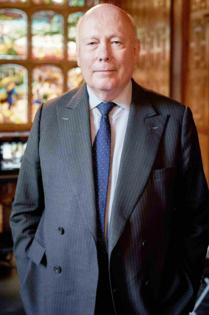
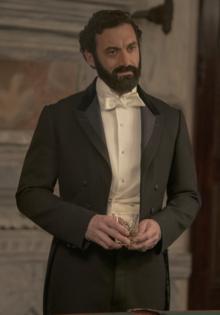
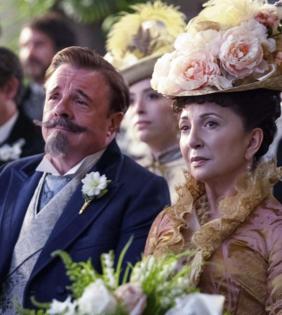
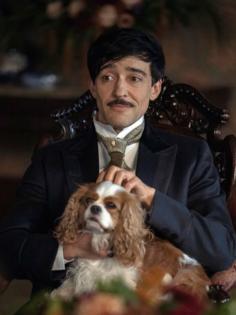
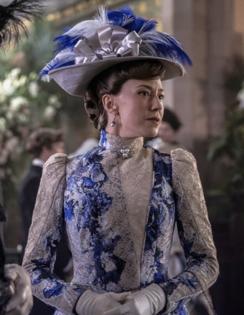





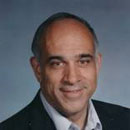
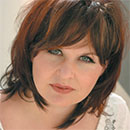
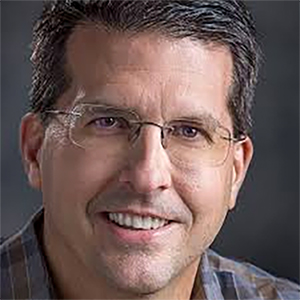
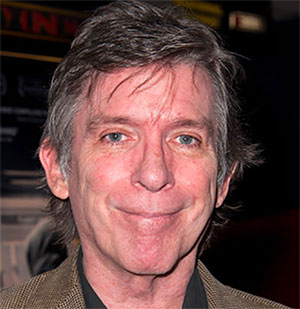
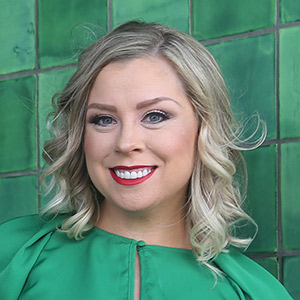
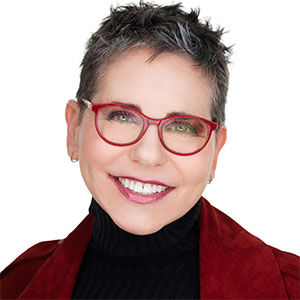


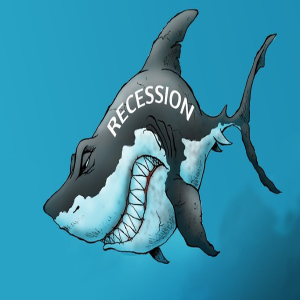
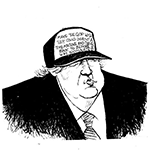

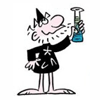
Comments